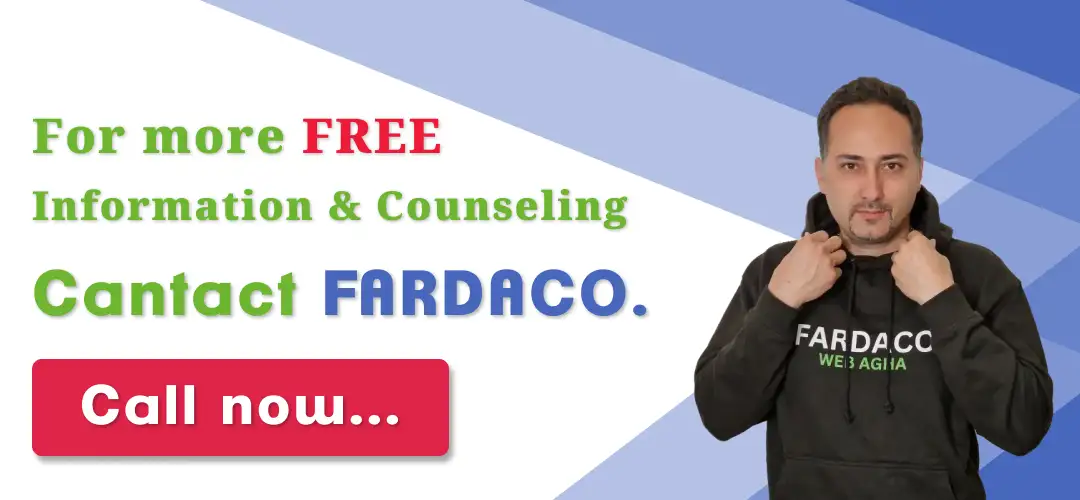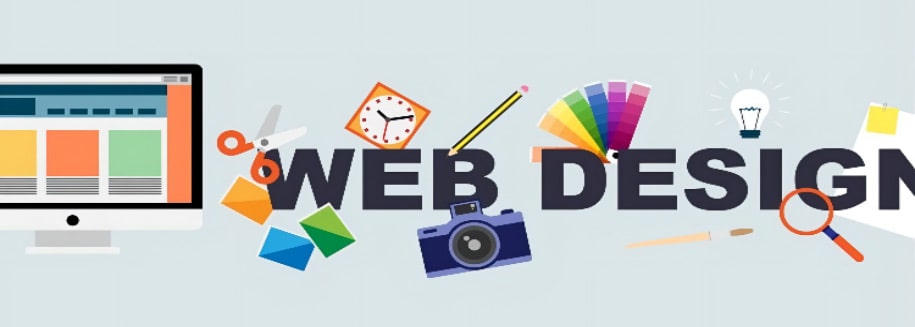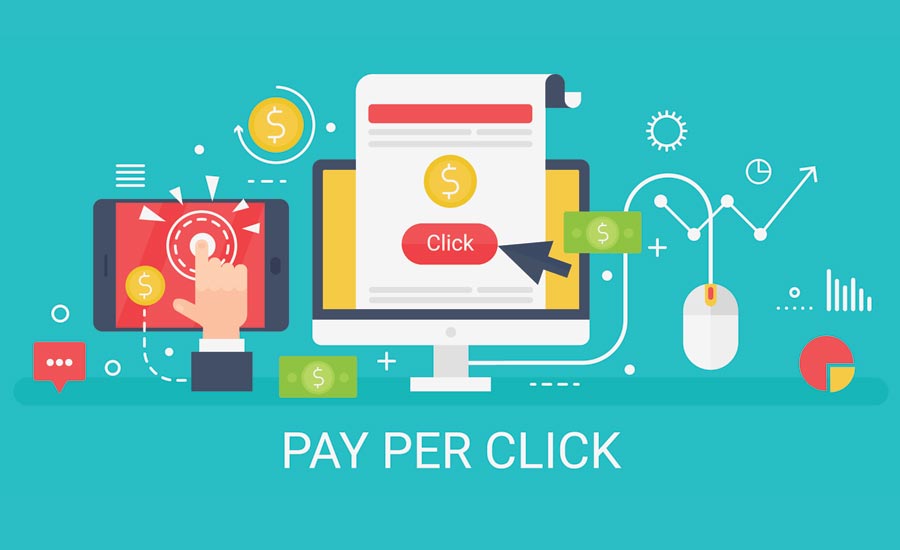Understanding the pros and cons of adaptive and responsive websites will help you determine which website builder will work best for your website design needs.
You might come across articles online that talk about a whole bunch of different website design styles (fixed, static, fluid, etc.). However, in today’s mobile-centric world, there are only two website styles to use to properly design a website: adaptive and responsive.
Adaptive websites
Adaptive web design uses two or more versions of a website that are customized for specific screen sizes. Adaptive websites can be split into two main categories based upon how the site detects what size needs to be displayed:
1. Adapts based on device type
When your browser connects to a website, the HTTP request will include a field called “user-agent” that will inform the server about the type of device attempting to view the page. The adaptive website will know what version of the site to display based on what device is trying to reach it (i.e. desktop, mobile, tablet). Issues will arise if you shrink the browser window on a desktop because the page will continue to display the “desktop version” rather than shrinking to the new size.
2. Adapts based on browser width
Instead of using the “user-agent”, the website uses media queries (a CSS feature that enables a webpage to adapt to different screen sizes) and breakpoints (certain width sizes) to switch between versions. So instead of having a desktop, tablet, and mobile version, you will have 1080px, 768px, and 480px width versions. This offers more flexibility when designing, and a better viewing experience as your website will adapt based on screen width.

Pros
- WYSIWYG editing (what you see is what you get)
- Custom designs are faster and easier to build without code
- Cross-browser and cross-device compatibility
- Fast-loading pages
Cons
- Websites that use “device-type” can look broken when viewed in a smaller browser window on a desktop
- Limitations on certain effects that only responsive sites can accomplish
Responsive Websites
Responsive websites can use flexible grid layouts that are based on the percentage each element takes up in its container: if one element (e.g. a header) is 25% of its container, that element will stay at 25% no matter the change in screen size. Responsive websites can also use breakpoints to create a custom look at every screen size, but unlike adaptive sites that adapt only when they hit a breakpoint, responsive websites are constantly changing according to the screen size.

Pros
- Great experience at every screen size, regardless of the device type
- Responsive website builders are typically rigid which makes the design hard to “break”
- Tons of available templates to start from
Cons
- Requires extensive design and testing to ensure quality (when starting from scratch)
- Without accessing the code, custom designs can be challenging
It’s important to note that website builders can include both adaptive and responsive features. For example, Pagecloud recently introduced a series of features that allow your content to act responsive even though the website itself is still adaptive.
/web/pagecloud-blog-ad-2022-1-o00e9.jpg)
Adaptive Website Builders
Wix and Pagecloud are arguably the two best visual website builders on the market today. Both use an adaptive approach, meaning their drag-and-drop and WYSIWYG capabilities are second to none. You can build just about anything without having to write a single line of code.
Wix has been around since 2006 and has since developed a wide range of features and templates to suit just about every business need. Today, it’s considered one of the easiest tools for beginners.
Wix has been around since 2006 and has since developed a wide range of features and templates to suit just about every business need. Today, it’s considered one of the easiest tools for beginners.
Although it’s hard to choose a winner in this category, here are few things to keep in mind:
- If you’re looking for the most customizable experience, choose Pagecloud.
- If you’re looking for something really easy and don’t have much design experience, choose Wix.
- If you’re looking to work with a developer, choose Pagecloud.
- If you want many template options, choose Wix.
- If you like shortcuts and the experience found in desktop publishing apps, choose Pagecloud.
As both platforms offer free trials, we’d recommend trying them both before deciding.
Responsive Website Builders
Tools like Squarespace offer responsive website builders, however, this means your editing experience is more limited. Creating a fluid responsive website is hard, and without knowing how to code, it is nearly impossible to build unique websites using responsive website builders.
This is where more complex web design tools, like Webflow and Froont, come into play. Here are some of the pros and cons to consider when looking to adopt one of these tools:
Pros
- Ability to create custom responsive sites without having to write code
- Unmatched control over every element on the page
- Ability to export code to host elsewhere
Cons
- Complex tools with steep learning curves
- Slower design process than adaptive website builders
E-commerce
E-commerce websites are an important part of website design. Creating an online store that is easy to navigate, informative, and accurately displays your products is crucial to creating the best online shopping experience for your customers.
If you want to learn more about starting an online store, check out our article for 5 easy steps to creating an e-commerce website!
Next Steps
Hopefully this article helped you to better understand the essentials in web design. To review, let’s take a look at some key elements in designing a website that is both beautiful and functional:
1. The user always comes first: user experience should be at the forefront of your design, as your users will ultimately be the ones to determine whether your website is worth visiting.
2. Choose the best website builder for your needs: ask yourself what your website’s major functions will be, and choose a website builder that will ensure those needs are met.
3. Balancing visual elements: it’s important to maintain a balance between your text, graphics, multimedia, and color scheme to avoid an overstimulating website that detracts from the messages you are trying to convey.
Now that you’ve mastered the basics in website design, be sure to check out more posts to learn more about types of website builders, design trends, design elements, and much more.




